
The Institute of Health and Tibbi Research Pakistan
A commemorative postage stamp on Avicenna (Hakim Ibn–e–Sīnā (980–1037)) :
 Issued by Pakistan
Issued by Pakistan
Issued on Dec 3, 1966
Issued for : To commemorate the establishment of the Institute of Health and Tibbi Research and the laying of its foundation stone by the President of Pakistan, Field Marshal Mohammad Ayub Khan, N.Pk., H.J., on December 3, 1966, a stamp bearing the portrait of Hakim Ibn-e-Sina, who was the founder of the Greco-Arab School of Medicine (Tibb-e-Unani) is being issued by the Pakistan Post Office.
Design : The portrait shows the celebrated herbal physician of East, Hakim Ibn-e-Sina, engrossed in preparing notes for his famous book Canon of Medicine. The word “Pakistan” appears at the left side of the stamp in Bengali, Urdu and English. The word “Postage” appears at the right side of the stamp in English. The value, Paisa 15 appears at the top right. The name of the commemorated Physician Hakim Ibn-e-Sina together with the dates of his life span (980-1037) is shown beneath the portrait. The words “Health from Herbs” appear centrally at the foot of the stamp.
Type : Stamp, Postal Used
Denomination : 15 Paisa
Colour : Sepia and Green
Size of stamp : 30.5 x 48 mm.
Size of print : 27.5 x 45 mm.
Perforation gauge : 13½ x 13 (c)
Quantity printed : 10,00,000
Number of stamps in each sheet : 50
Process of Printing : Lithography
Printers : The Pakistan Security Printing Corporation Ltd., Karachi
Name : Abū ʿAlī al-Ḥusayn ibn ʿAbd Allāh ibn Al-Hasan ibn Ali ibn Sīnā
Born on Aug 22, 980 at Afshona, Peshkunskiy, Bukhara, Samanid Empire [now in Uzbekistan]
Died on Jun 21, 1037 at Hamadān, Kakuyid Emirate [now in Iran]
About :
- Tibb-e-Unani is the continuation and revivification of Greek (Ionian or Yunani) medicine by the Arabs who infused life and vigour, empiricism and rationality to make it a scientific system of medicine. Tibb has been dynamic, absorbing within it everything that was of proven value. This process of synthesis and fusion of all that was good was started in the 10th century A.D. by pioneers of Tibb like Hakim Ibn–e–Sina, Al Rhazi, Averroes, Jabir Ibn–e–Hayyan, Albucasis, Alkindi, Mesue Senior and other personalities. They based the system on the Hippocratic humoral theory – that every person has a unique humoural constitution which represents his healthy state. Any change in this brings about a change in his state of health. Great reliance is placed on the power of self-preservation and adjustment (viz. Medicatrix naturae) which strives to restore any disturbance within the limits prescribed by the constitution of the individual.
- Hakim Ibn-e-Sina (Avicenna) is the greatest physician and philosopher that the Arab culture ever produced. His contribution to medicine is unparalleled in history. His best known work is the Canon of Medicine, an encyclopaedia and text book of medicine in the Universities of Europe and the Orient for hundreds of years. Currently in some European and Asian countries, research and investigation into the theories, therapeutics, medicines and formulae of the Canon is being carried on. It is his likeness that adorns the diploma of the Pharmaceutical Society of Great Britain.
- The actual treatment of disease in Tibb-e-Unani is by regimen, drugs and operative interference. Drugs are mainly and chiefly herbal in nature. They are prepared by the Greco-Arab system which is “Polypharmaceutic” in the sense that it is based on what has now come to be known as “combination therapy”. One of the great intuitive arts is that of herbs. For thousands and thousands of years man has been accumulating a certain kind of very effective wisdom about the desirable effect of green things – things not usually considered food – upon undesirable conditions of his body. These are the green medicines of nature. This lore constituted all the medical and therapeutic wisdom man had, until knowledge of chemical reaction began to creep in, and surgical techniques were established in snail like fashion. But primarily it is the herb that cures man’s cough, reduce his fever, relieves his aching back and quiets his nerves. It is too well known that the whole herb heels; synthesis may destroy. Today more and more people are returning to the natural medicines of our forbears, to the simple herbs “which were given to the healing of Nations”. The pharmacopoeia of today is merely the great grand-child of the herbal of the sixteenth century and that in turn is but the accumulation of thousands of years of native, pragmatic wisdom about the values of herbs. Some of the miracle-cure-herbs of today are not discoveries but recoveries of wisdom that our forefathers had for thousands of years e.g. saffron, ephedrine, etc. Our country is also very rich in medicinal herbs and plants and health can be found in them for diseases of body and mind.
- Tibb-e-Unani which reached its zenith in the 13th century has to be resuscitated and revived as it is generally believed that it is quite capable of serving the cause of national health. Temperamentally, constitutionally and economically, we are better suited and adjusted to Unani medicine. However, there is no question of the negation of what is good in modern medicine and surgery. The correct solution of our health problems, therefore, lies in starting at once investigation and research on the various methods of treatment and to adopt everything of proven value, with the help of modern techniques and procedures developed in the course of the last 2 or 3 decades and thus to revive Tibb. The Institute of Health and Tibbi Research has, therefore, been visualised by Hakim Mohammad Said, to serve this purpose. The aims and objects of the Institute would be :–
- (1) to foster and promote health education and preventive measures against disease;
- (2) to promote and provide facilities of medical aid and treatment;
- (3) to engage in scientific appraisal of the principles and practice of the various systems of medicine and therapy;
- (4) to establish and administer research centres for carrying out systematic interdisciplinary studies in drugs of vegetable, animal and mineral origin.
- The scheme includes (1) a fully equipped and staffed hospital through which medical advice and aid will be provided to the ailing people; (2) a Central Drugs Research Centre for carrying out research in all types of medicinal herbs and plants and would include chemical, biochemical, pharmacological, physiological and pharmacolognosical research; (3) a College of Medicine devoted to the study of different systems of Medicine; (4) a fully equipped Library having about 5 lakhs of books on Health Education, Health and Hygiene Medicine (ancient and modern) Medical Research, Drug Research and plants and herbs.
- With the compliments of The Director-General, Pakistan Post Office, Karachi.


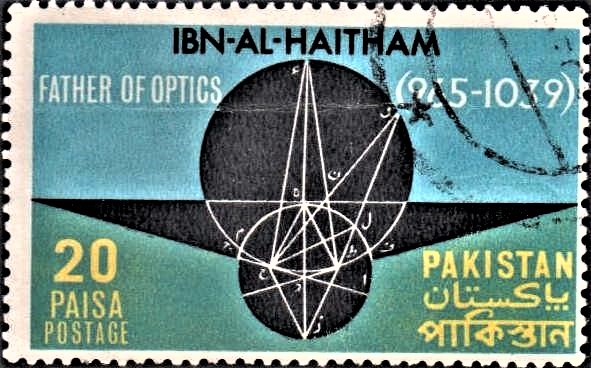
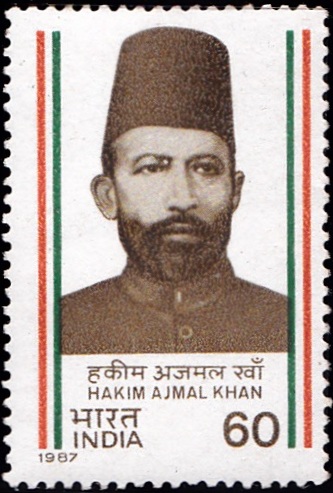
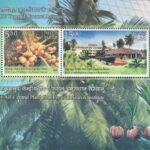
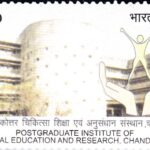
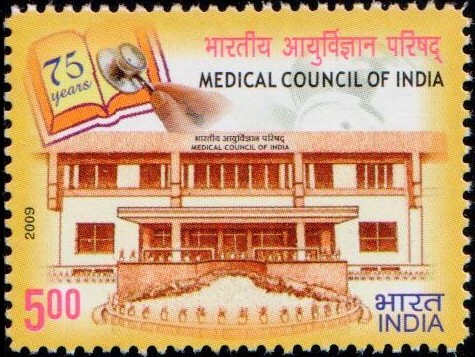
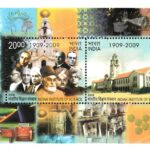
[…] names of these Arab scholars is legion: Al–Kindi, Rhazes, Jabir, Haly Abbas, Albiruni, Avecenna, Abulcasis, Al–Farabi, Alhazen are prominent figures in the phalanx of the universally […]